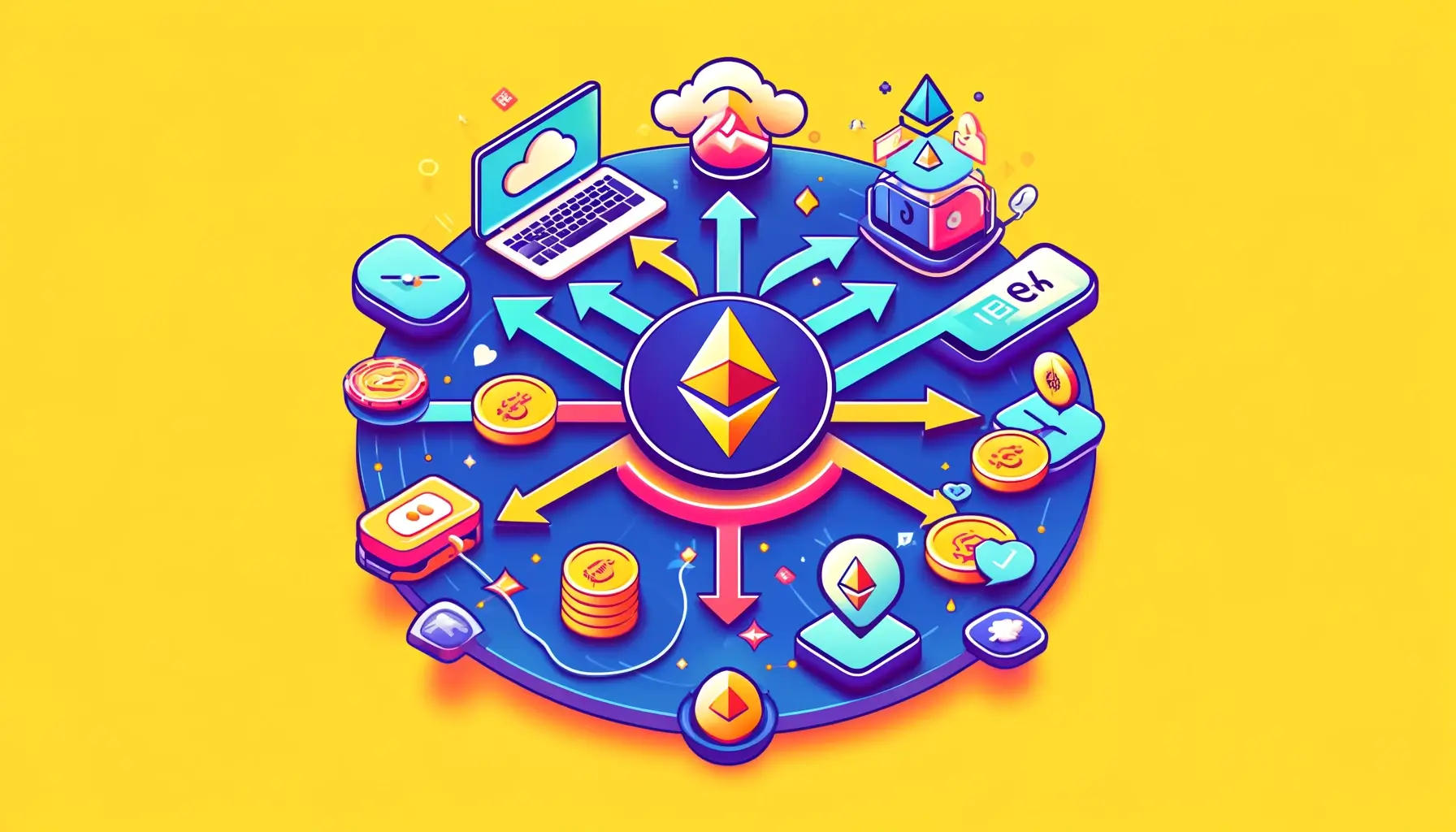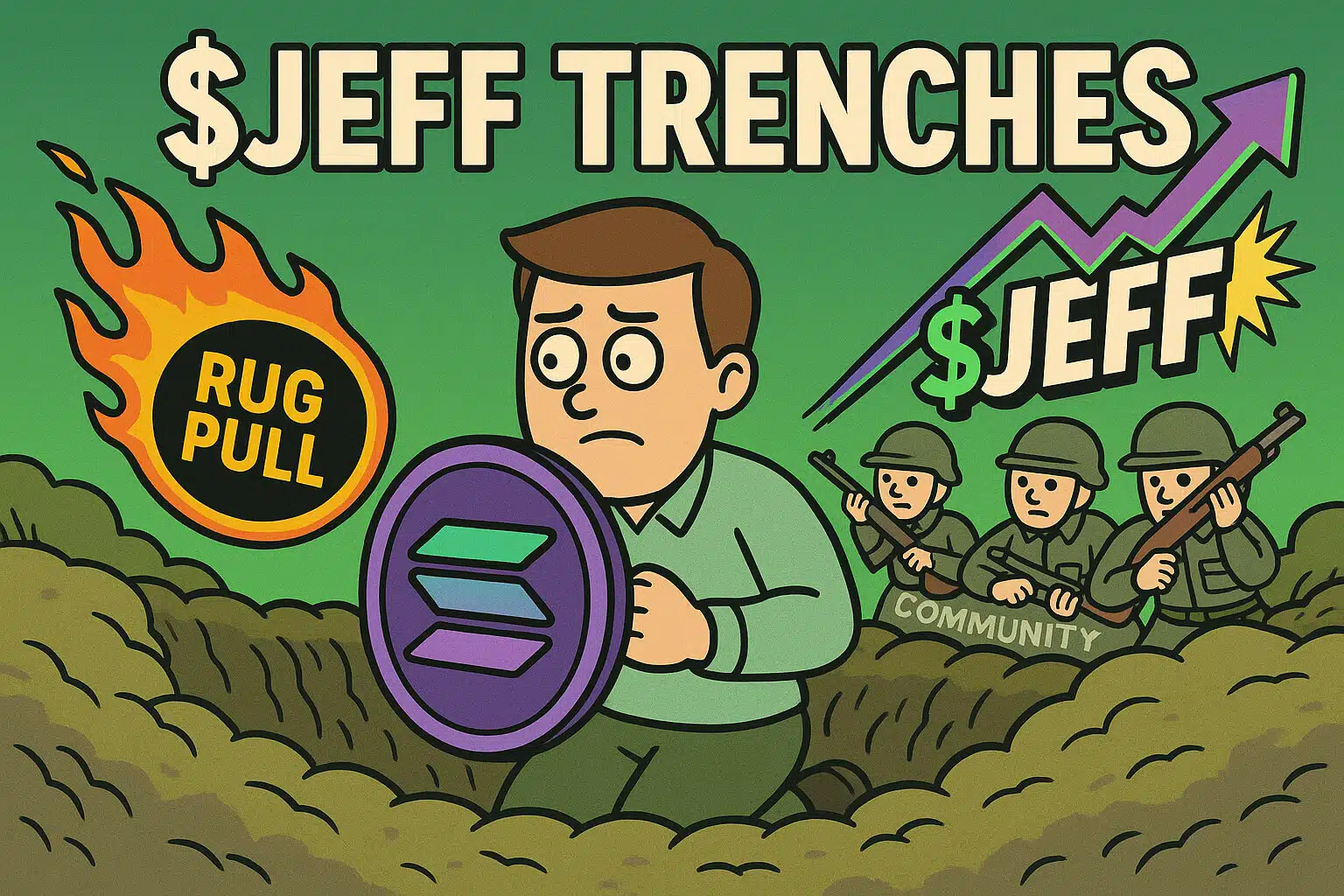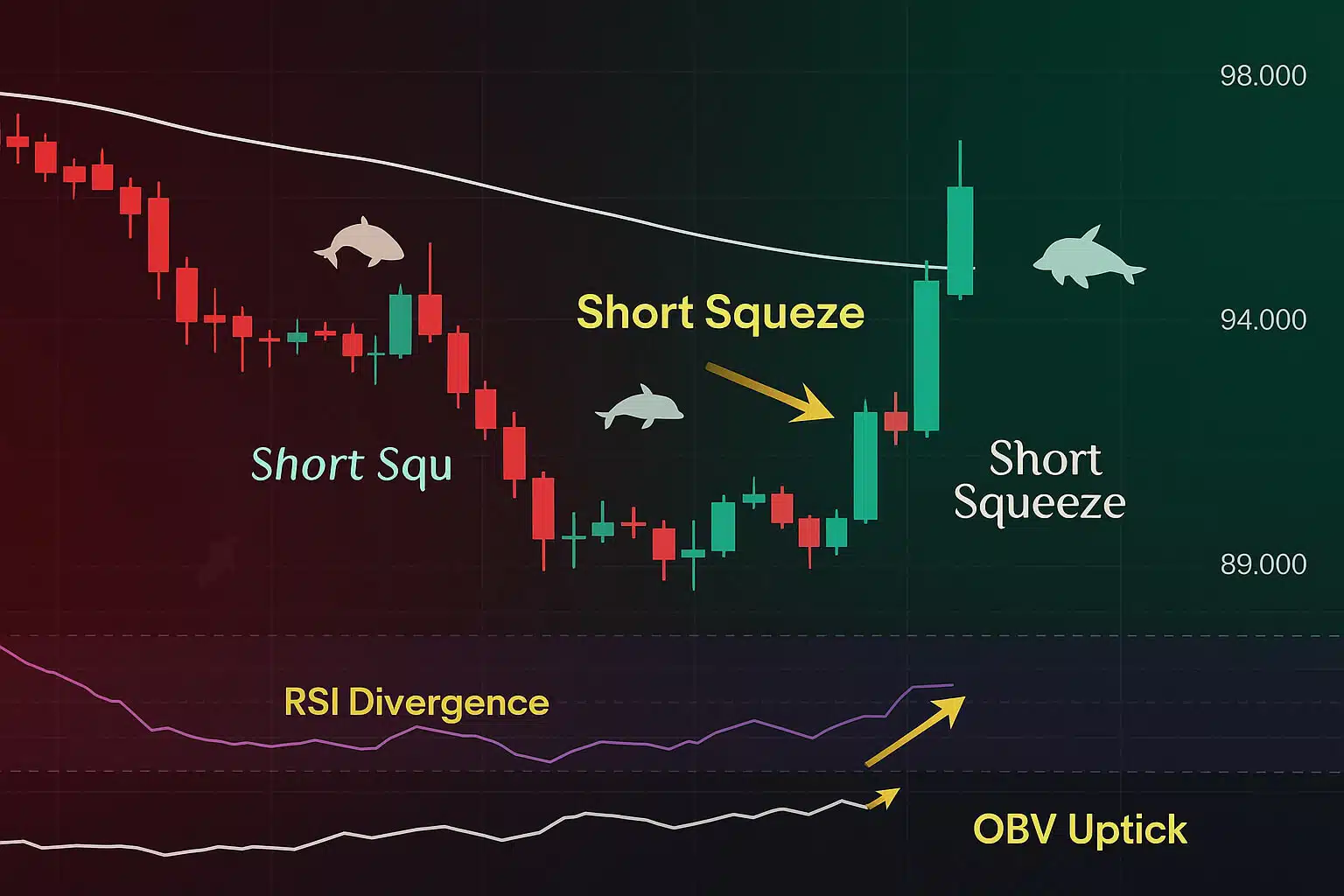What is the ERC20 Token Standard?
The Ethereum blockchain serves as the foundation for numerous decentralized applications (dApps), Initial Coin Offerings (ICOs), and tokenized assets. One of the key innovations that made this possible is the ERC20 token standard. But what exactly is ERC20, and why does it hold such importance in the Ethereum ecosystem? In this blog, we will explore the ERC20 standard, diving deep into its functions, benefits, and the crucial role it plays in powering decentralized finance (DeFi) and beyond.
Understanding the ERC20 Token Standard
The ERC20 token standard is a technical specification used to create and issue smart contracts on the Ethereum blockchain. These smart contracts define the rules for how tokens behave within the Ethereum network. Introduced in 2015, ERC20 stands for “Ethereum Request for Comment 20,” which developer Fabian Vogelsteller proposed. The standard establishes a common set of rules that all Ethereum tokens must follow, making it easier for developers to create tokens that interact seamlessly with other smart contracts and applications.
To dive into the technical aspects of ERC20, you can visit the Ethereum GitHub repository, where the standard is officially documented.
Key Functions of ERC20 Tokens
ERC20 tokens operate under specific rules that ensure consistency and interoperability across the Ethereum ecosystem. These rules govern several essential functions:
- Total Supply: This function sets the total supply of tokens that will ever be created. Once the maximum supply is reached, no more tokens can be minted.
- Balance Of: This function allows users to check the balance of tokens held by a particular Ethereum address.
- Transfer: The transfer function enables the movement of tokens from one address to another.
- Transfer From: This function allows tokens to be transferred on behalf of another user, typically used in token sales or automated transactions.
- Approve: The approve function grants another address permission to withdraw tokens from the user’s account.
- Allowance: This function checks the number of tokens that an address can withdraw from another address.
These functions ensure that all ERC20 tokens behave consistently, which is crucial for maintaining compatibility with Ethereum-based dApps, wallets, and exchanges.
The Importance of ERC20 in the Ethereum Ecosystem
The ERC20 standard forms the foundation for most tokens in the Ethereum ecosystem. It has enabled the rapid growth of decentralized finance (DeFi), ICOs, and various other blockchain-based projects. Here’s why ERC20 is so important:
1. Interoperability
One of the significant advantages of the ERC20 standard is its interoperability. Since all ERC20 tokens follow the same set of rules, they can easily integrate with Ethereum wallets, exchanges, and dApps. This seamless interaction allows users to trade ERC20 tokens on platforms like Uniswap or store them in wallets like MetaMask.
2. Ease of Creation
The ERC20 standard simplifies the process of creating new tokens. Developers don’t need to build a token from scratch; instead, they can use the standard’s template to deploy new tokens easily. This simplicity has fueled the growth of ICOs and token sales since anyone with a basic understanding of Ethereum smart contracts can launch a token.
3. Widespread Adoption
ERC20 tokens are the most widely adopted tokens in the cryptocurrency world. Most DeFi protocols, including Aave and Compound, use ERC20 tokens to power their platforms. This widespread adoption creates a network effect, where the more tokens that adhere to the ERC20 standard, the more valuable and reliable the standard becomes.

Common Use Cases for ERC20 Tokens
The flexibility of the ERC20 standard has led to a variety of use cases within the Ethereum ecosystem:
1. Initial Coin Offerings (ICOs)
ICOs, which became particularly popular in 2017, often use ERC20 tokens to raise funds. Companies issue ERC20 tokens to investors in exchange for Ethereum, allowing them to raise capital for their projects. The simplicity of creating ERC20 tokens made it easier for startups to launch their ICOs.
2. Decentralized Finance (DeFi)
DeFi platforms rely heavily on ERC20 tokens to facilitate lending, borrowing, trading, and earning interest. Tokens like DAI, a stablecoin pegged to the US dollar, are built on the ERC20 standard and are essential to the functioning of DeFi protocols.
3. Governance Tokens
Many blockchain projects use ERC20 tokens as governance tokens, allowing token holders to vote on proposals that affect the future of the project. For example, Uniswap’s UNI token is an ERC20 token that gives holders a say in how the platform is run.
4. Utility Tokens
ERC20 tokens are often used as utility tokens within dApps. These tokens grant users access to specific features or services within the application. For instance, Basic Attention Token (BAT) is an ERC20 token used to reward users and publishers within the Brave browser ecosystem.
Limitations of the ERC20 Standard
While the ERC20 standard has driven the growth of the Ethereum ecosystem, it does have limitations:
- No Native Support for Non-Fungible Tokens (NFTs): ERC20 is designed for fungible tokens, where each token is identical. It doesn’t support non-fungible tokens (NFTs), which are unique digital assets. For NFTs, Ethereum uses the ERC721 and ERC1155 standards.
- Gas Fees: ERC20 transactions can be expensive, especially during periods of high network congestion. Users must pay gas fees in ETH to execute transactions, which can be a barrier for smaller transactions.
- Complexity in Handling Tokens: Issues like stuck transactions and the lack of built-in features for recovering lost tokens have posed challenges for users and developers alike.
The Future of ERC20 and Ethereum
As Ethereum continues to evolve, the ERC20 standard will likely remain a fundamental component of the ecosystem. However, Ethereum’s ongoing upgrades, including the transition to Ethereum 2.0 and the introduction of Layer 2 solutions, aim to address some of the limitations associated with ERC20 tokens.
These upgrades will improve scalability, reduce gas fees, and enhance the overall user experience, benefiting all tokens built on Ethereum, including ERC20 tokens. Explore Ethereum Layer 2 Scaling Solutions.
Wrapping It Up
The ERC20 token standard has played a crucial role in the growth and success of the Ethereum ecosystem. By providing a common set of rules, ERC20 has made it easier for developers to create tokens and for users to interact with a wide range of applications. Despite its limitations, ERC20 remains the backbone of many decentralized projects, from ICOs to DeFi and beyond.
For more insights and detailed guides on cryptocurrency, visit our Crypto Guides Section.
Stay Updated
For the latest updates on cryptocurrency trends and news, follow us on:
- Twitter: https://twitter.com/FreeCoins24
- Telegram: https://t.me/freecoins24
Stay informed with the latest strategies and insights in the world of cryptocurrency at FreeCoins24.io.
Special Offer
For an enhanced trading experience, consider Bybit. Sign up through our referral link to unlock exclusive rewards, including up to $30,000 in deposit bonuses, and elevate your trading journey.

















